Moyne
Houses within 10km of this house
Displaying 37 houses.
Houses within 10km of Moyne
Displaying 37 houses.
| House name | Description | |
|---|---|---|
| Barbersfort | Originally a Bermingham residence, sold to the Ruttledges in 1816 and recorded as the seat of Mrs. Rutledge in 1894. Burnt down in the 1920s apparently by accident. A new house was built on part of the site which adjoins the old farmyard. Now the home of the Dunlevy family. |

|
| Monivea | An O'Kelly tower house, acquired by the ffrenches in the early 17th century, who made additions in the 18th century. Held in fee by Robert French at the time of Griffith's Valuation when it was valued at £40. In 1894 Slater refers to it as the seat of Acheson French. In 1938 it was bequeathed by Kathleen French to the State as a home for artists, subsequently demolished and now only the original tower remains. A mausoleum, modelled on the tower house and constructed at the end of the nineteenth century, is located in the adjacent woodland. |

|
| Abbert | In 1786, Wilson refers to Abbert as the seat of Mr. Blakeney. Occupied by David Watson Ruttledge at the time of Griffith's Valuation when the buildings were valued at £35. Slater refers to Abbert as the seat of John Blakeney in 1894. A new house has been built at the site but the ruins of the original outbuildings still exist. |
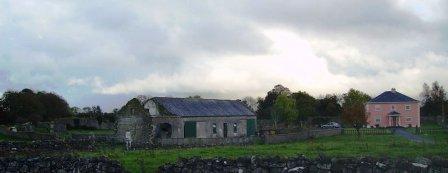
|
| Ballyglunin | An 18th century house with 19th century additions, occupied by the Blake family for over 2 centuries. It is still extant and run as a conference centre. |
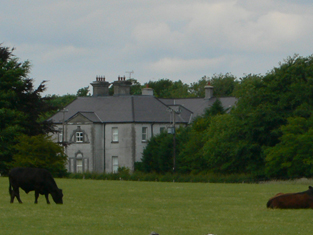
|
| Ballina | Occupied by Henry Blake at the time of Griffith's Valuation and by Martin J. Blake nephew of Martin Joseph Blake of Ballyglunin, Member of Parliament for the borough of Galway. Now a ruin. |
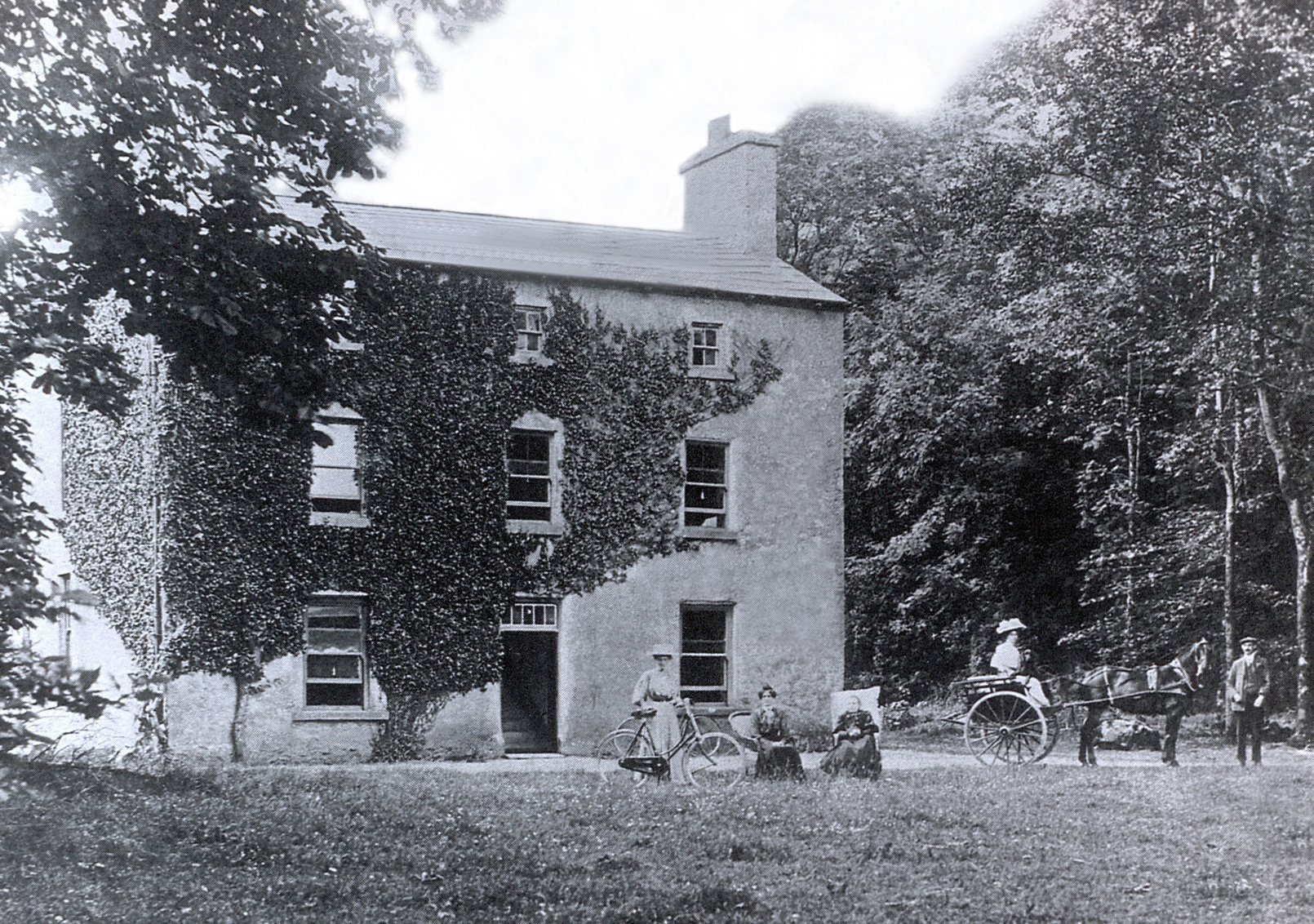
|
| Brooklodge | This property was leased to Christopher French by Ambrose Deane on 16 June 1775 for 1 life and 99 years. He built a house which later became a Blake residence held from the Skerretts, who had inherited it from the Deanes. It was occupied by Martin J. Blake at the time of Griffith's Valuation, when it was valued at £40. The house is now a ruin. |

|
| Annagh | In 1786 Wilson refers to Annagh as the seat of Mr. Bodkin. It was held in fee by Robert Bodkin at the time of Griffith's Valuation when the buildings were valued at £25. Annagh was the seat of M. Bodkin in 1894. The original house is no longer extant but old and extensive farm buildings still remain as well as an occupied house built in 1967. |

|
| Ardskeamore | The original house was occupied by the Brownes in the 1830s. Charles Kelly was leasing from James Browne in the 1850s when the valuation of the house was £10. By the 1890s this had been replaced by the existing house (M437420) which was renovated in 2006. | |
| Culliagh North [Knockmoy Abbey] | Occupied by Robert Blake Forster leasing from Martin J. Blake, at the time of Griffith's Valuation when the house was valued at £10. It is still extant and occupied. Melvin notes that it was also known as Knockmoy Abbey. |
![Photo of Culliagh North [Knockmoy Abbey]](https://landedestates.ie/storage/img/orig/2494.jpg)
|
| Waterville/Cloonkeen | The residence of John Connis in 1814, of - Cunneys in 1837 and of Jane D. Coneys in the 1850s when it was valued at £10. . It is labelled on the 1st and 25-inch edition Ordnance Survey Maps as Cloonkeen. The property is now a ruin. | |
| Toghermore | Held in fee by Hugh Henry at the time of Griffith's Valuation, when it was valued at £16. Toghermore is now a training centre for persons with disabilities run by the Health Service Executive. |
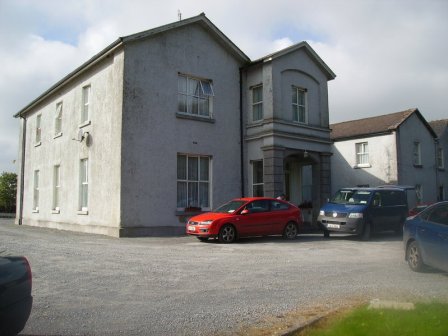
|
| Hillsbrook | The home of a branch of the Kirwans of Cregg in the first half of the 19th century. Occupied by Henry Campbell at the time of Griffith's Valuation when the house was valued at over £20. It is no longer extant. |
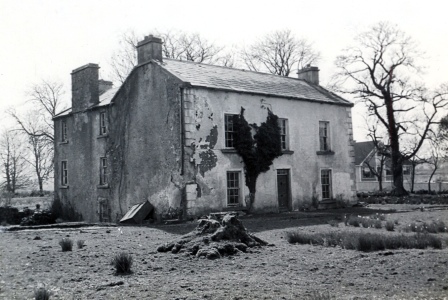
|
| Prospect House | John Donnellan was leasing this property from the Kirwan estate at the time of Griffith's Valuation when it was valued at £4. It is labelled Prospect House on the 25-inch Ordnance Map of the 1890s. Occupied until 1977, now used for storage. |

|
| Ballybanagher | A Nolan family home, now a ruin. It was held in fee by Andrew Nolan at the time of Griffith's Valuation when it was valued at £12. In 1894 Slater recorded it as the seat of Christopher R. Browne. |

|
| Ballinderry | The house was burnt in the early 1920s and nothing remains except the farm buildings, which are accessed through a stone archway dated 1843. Recorded as the seat of John Phillip Nolan, M.P.in 1894. |

|
| Crumlin | Built in 1844, the original house was held in fee by Peter Blake and valued at 7 at the time of Griffith's Valuation. It was later altered and extended by Cecil Henry in the style of a French chateau. The house was sold to the Land Commission in 1913 and to John Costello in 1917, whose grandson renovated it and the courtyard in the early 1990s. |
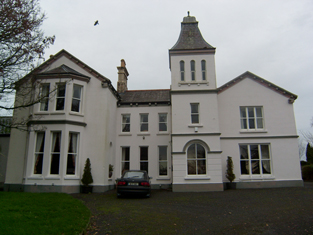
|
| Mountsilk | This property was held in fee by Michael O'Kelly at the time of Griffith's Valuation, when it was valued at £6. A later house seems to have been constructed by the time the 25-inch Ordnance map was published in the 1890s. This house is no longer extant though a farm still exists at Mount Silk. |

|
| Elmhill | Occupied by Edward Rochfort in 1814. By the time of Griffith's Valuation there was no house with a valuation of more than £1.18 shillings in the townland. The 25-inch map of the 1890s shows a later building called Elmhill House slightly north of the original building. There is still an extant house at the site. |
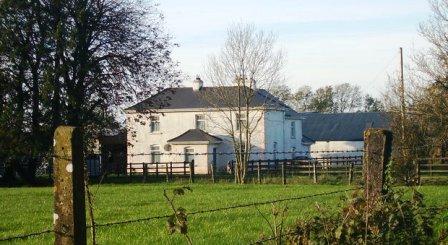
|
| Cooloo Cottage | In 1786 Wilson mentions "Coreloo" as the seat of Mr. Browne. Occupied by James O'Connor in 1814. Held in fee by Edward Browne at the time of Griffith's Valuation when it was valued at £25. It became the home of Michael O'Kelly in the latter half of the 19th century. Cooloo is still extant and occupied | |
| Carrownacregg West | Originally a Concannon house, sold to the Brownes in 1851 when it was in need of repair and to the Hughes family in the early 20th century. The original house is no longer extant. |
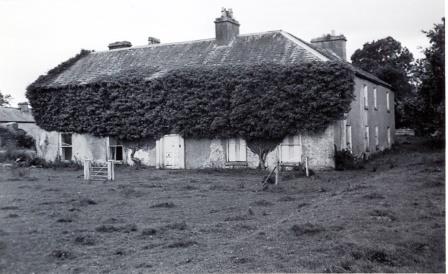
|
| Moat Lodge | Built by the Digby family in the mid 19th century. Home of the Gilmores in the mid 20th century and now of Mr and Mrs Jarlath Donnellon. In the Blake of Ballyglunin Papers Thomas Murphy in a letter to Martin J. Blake dated 1837, refers to his involvement in the building of a house at Moate for Mr Digby, National Archives M6936/38/29. |
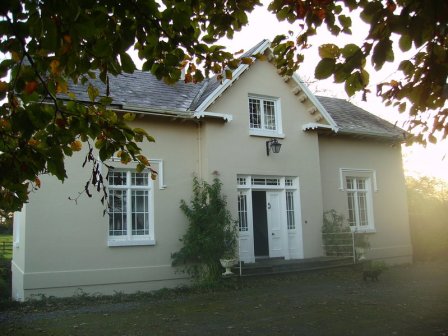
|
| Corrandoo House | This property was granted to the ffrenches in the late 17th century in lieu of Monivea Occupied by the Reverend Mr Marsh in the 1770s sand 1780s, by M. Dowdall in the 1830s and Thomas Kenny at the time of Griffith's Valuation when it was valued at £10. It is no longer extant. |

|
| Glennagloughaun North | A building valued at £12 was occupied by Digby French at the time of Griffith's Valuation, this may have been the old charter school marked on the first Ordnance Survey map. The latter building appears to have fallen into disuse by the 1890s and the site is now occupied by a farm supply stores. | |
| Windfield | Originally a Blake house, Wilson refers to it as the seat of Mr. Blake in 1786. It was sold to the Jameson family in the early 1820s and occupied by J. Lynch in the late 1830s. Catherine Lynch was leasing the property at the time of Griffith's Valuation, when it was valued at £30. The house was burnt in 1921 and nothing remains now. |
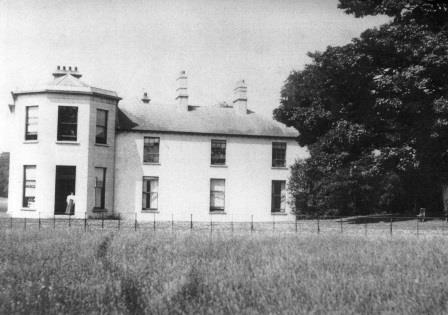
|
| Newtown | The home of the Kelly family in the 19th century, sold to Major Frederick Carr in the early 1930s and sold again in the late 1960s. The house has had a number of owners in the intervening years and is well maintained. It was offered for sale in 2007. |
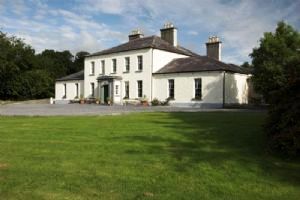
|
| Farmhill | Joseph Kelly was leasing a property valued at almost £10 from Charles Kelly at Farmhill, barony of Tiaquin, at the time of Griffith's Valuation. A house still exists at this site. | |
| Killaclogher House/Spring Park | This property is labelled Spring Park on the First edition Ordnance Survey map and as Killaclogher House on the 25-inch edition of the 1890s. It was the main home of the Kenney family in the 18th and 19th centuries. At the time of Griffith's Valuation it was valued at over £16 and held in fee by James C. Kenny. The house is no longer extant. |

|
| Summerville/Thomastown | Home of Dominick G. Bodkin in 1814. The Bodkins intermarried with the Kilkellys. In 1855 the mansion house was described as 3 storeys high and in good repair. By the 1870s John Lyons of Summerville, Moylough, owned 218 acres in county Galway. In 1906 another source records Summerville, valued at £13.10 shillings, as occupied by John Lyons. Renovated in 2006 by its present owner Pat Lyons. |
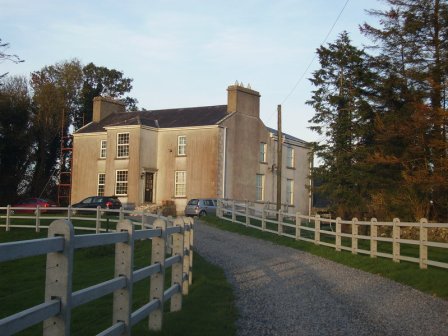
|
| Ryehill | Ryehill House was built in the early part of the 19th century and was still occupied in 1906 by a member of the Roche family. Unroofed in the mid 1950s only the impressive gateway and yard buildings still remain. |

|
| Lakeview | Built by the Carr family and occupied by Michael Carr at the time of Griffith's Valuation when the house was valued at £13. A house is shown though not labelled on the 1st edition Ordnance Survey Map. It is named as Lakeview House on the 25-inch edition of the 1890s. Lakeview is still extant. |
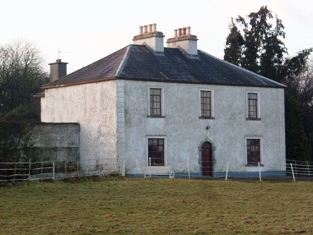
|
| Ardskeabeg | A property in the possession of the trustees of Dominick Skerrett at the time of Griffith's Valuation. Occupied by the Kelly family in the later 19th century and by their descendants the Canavans until 2000. The house is still extant but no longer lived in. |

|
| Fort Browne | By the mid 1850s the house was valued at £2.15s and was occupied by Margaret Burke. It is now derelict. |

|
| Bermingham/Birmingham House | An 18th century house which was originally the seat of the Bermingham family, Barons Athenry and Earl of Louth. Occupied by Richard D'Arcy in 1814 and uninhabited in 1837. It was leased to John Irwin Dennis the following year and bought by him in 1851 from Clifford Trotter. Since then the house has been the home of the related families of Dennis, O'Rorke and Cusack Smith. The house and demesne were advertised for sale early in 2007. The Clonbrock Estate Papers, Collection List 54 in the National Library contain early 19th century rentals of the Bermingham estate. |

|
| Castlemoyle | Built in the 18th century, this house was the residence of Deane esq in the late 1770s and 1780s and occupied in 1814 by Thomas Browne. It was held by Edward Blake in fee in the mid 1850s when it was valued at £8. Sebastian Nolan bought it from the Blakes and lived there until the late 1880s. It is now a substantial ruin. |

|
| Fear More | Occupied by William Roper junior at the time of Griffith's Valuation and by John J. Daly in 1906. | |
| Hazelwood House | Not built at the time of the first Ordnance Survey in the mid 1830s. Valued at £13 at the time of Griffith's Valuation. The remains of the stable buildings are still visible. |

|
| Clogherboy Cottage | David Rutledge was leasing a house valued at over £8 to James Kealy at Clogerboy, barony of Clare, at the time of Griffith's Valuation. The house was later known as Cahergal. There is still a building extant at this site. |
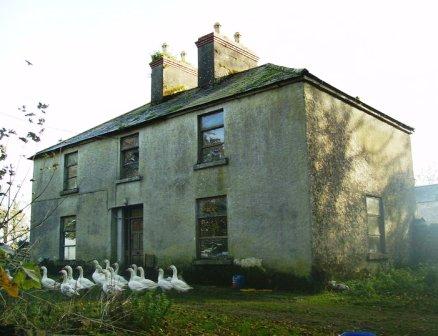
|

